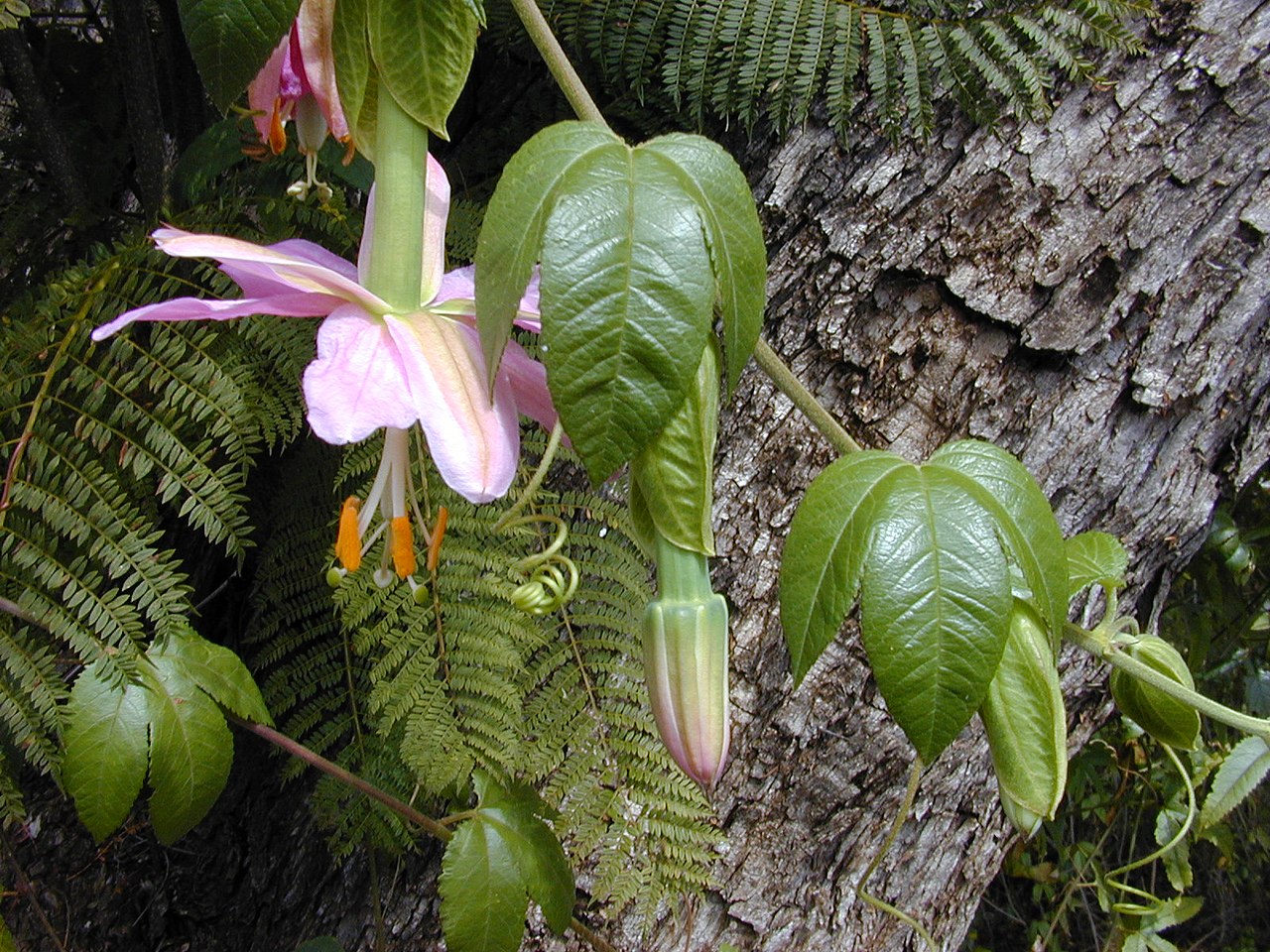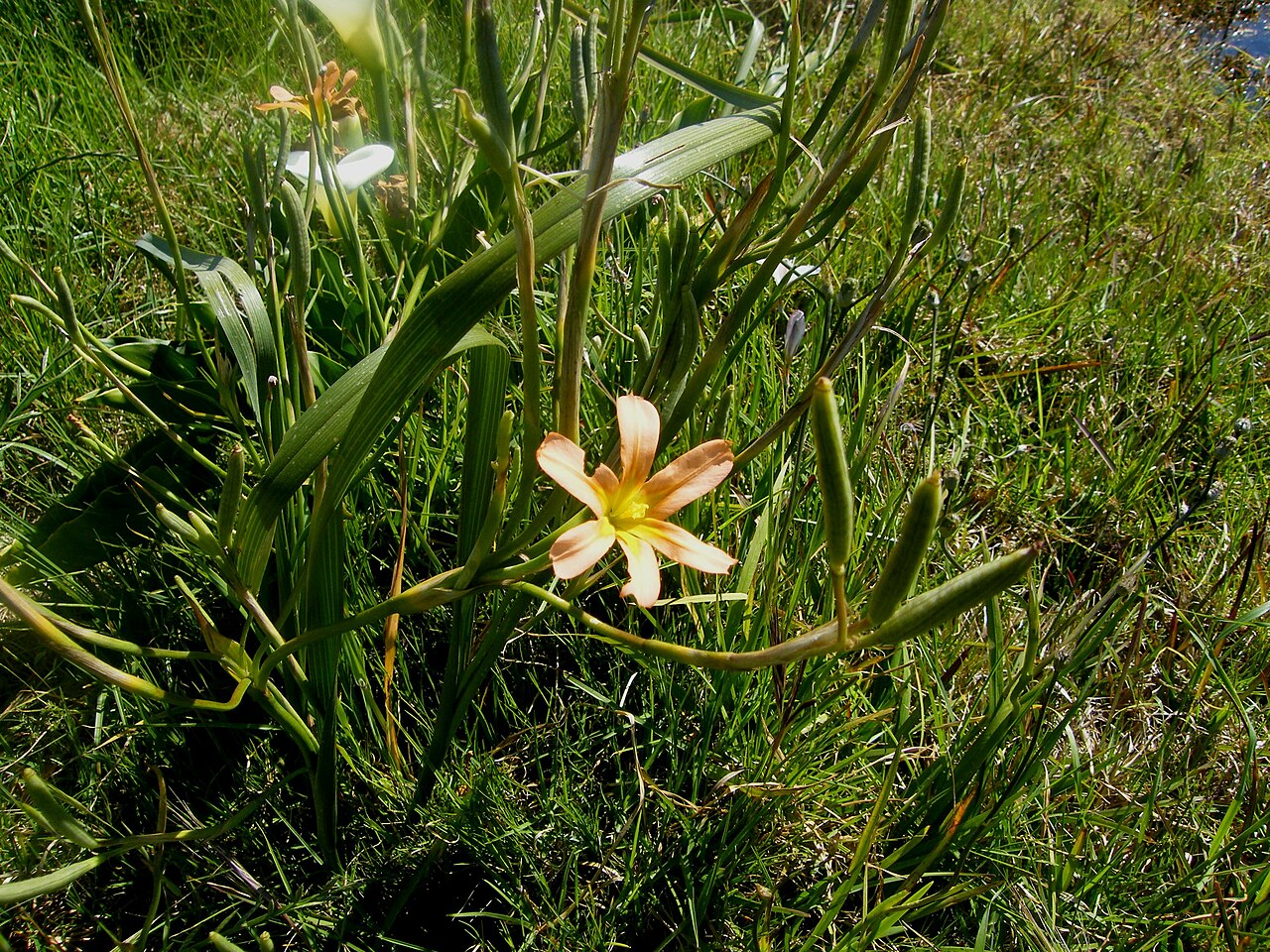
Common Name
Rat's tail grass, Giant rat's tail grass, GRT, Parramatta grass, West Indies smutgrass, Whorled dropseed
Scientific Name
Sporobolus pyramidalis
Family
Poaceae
Lifecycle
Perennial
Seasons of Growth
Year-round
Key Distinguishing Feature
Grass with tall seed heads resembling rat tails
• Growth Form: Giant Rat's Tail Grass is a tall, robust grass species that can reach heights of 1 to 2 meters (3.3 to 6.6 feet). It forms dense tussocks.
• Leaves: The leaves are long, narrow, and often have a bluish-green or greyish colour. They are typically covered in fine hairs.
• Seedheads: The seedheads are distinctive, with a pyramidal or triangular shape, resembling a rat's tail. They are often purplish to brownish in colour.
• Habitat: Giant Rat's Tail Grass is commonly found in disturbed areas, pastures, roadsides, and along watercourses. It is native to Africa but has become invasive in parts of Australia.
Ecological Impact:
• Giant Rat's Tail Grass is considered an invasive species in many regions, particularly in parts of Australia. It can form dense stands, outcompeting native vegetation and reducing biodiversity.
• Its invasive nature can also impact grazing land and agriculture by reducing forage quality.
Control Methods:
• Control of Giant Rat's Tail Grass often involves a combination of mechanical, chemical, and cultural methods.
• Mechanical methods include regular mowing, slashing, or grazing with livestock to reduce seed production and control the growth of tussocks.
• Herbicides may be used for control, but care must be taken to use them safely and effectively, following local regulations.
• Promoting the growth of desirable, non-invasive grasses through reseeding and land management practices can help reduce the dominance of Giant Rat's Tail Grass over time.
Giant Rat's Tail Grass is a challenging invasive grass that requires active management to prevent its spread and protect native ecosystems. Local agricultural authorities often provide guidance on the best control practices for this invasive species.
Key Products for Control:
-
Indigo Rapid Fire 800 - Glyphosate (present as acid and ammonium salt)
-
Indigo Rapid Fire 510 - Glyphosate (present as the isopropylamine salt)
-
Indigo SimForce 600 - Simazine
-
PREVENTION ONLY - Indigo Onset Pre-Emergent Herbicide - Prodiamine




